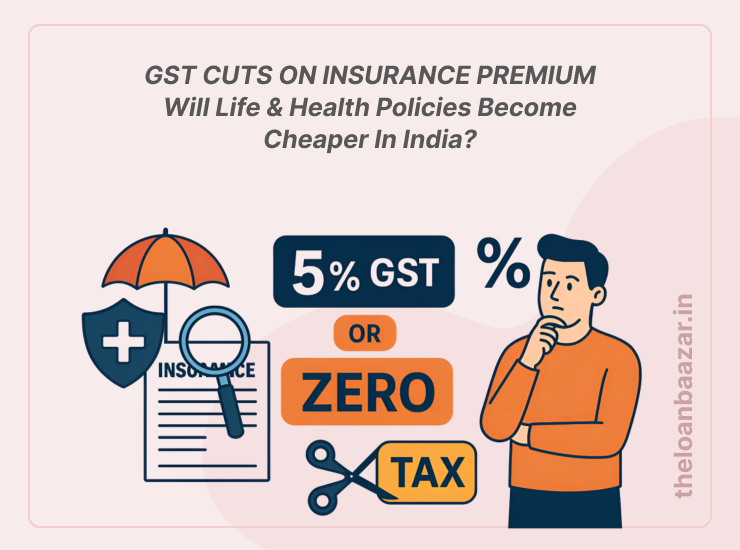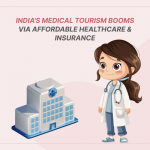The Indian government is considering a landmark reform under GST 2.0, proposing a cut in GST on life and health insurance premiums to 5% or even zero. This could make insurance more pocket-friendly for millions of citizens. But what does this mean for policyholders, insurers, and the future of India’s insurance industry? Let’s explore.
GST on Insurance in India
Currently, policyholders pay 18% GST on insurance premiums, making essential life and health coverage more expensive. With healthcare costs rising, affordability has become one of the biggest barriers to insurance adoption.
GST 2.0 aims to address this by reducing the tax rate on premiums, potentially making insurance more affordable and accessible to a larger section of the population.
Key Benefits of the GST Cut
As per reports:
Reports suggest that under GST 2.0, premiums for life and health insurance policies may soon be taxed at only 5% GST or even be zero-rated. This potential reduction would translate into direct savings for policyholders, making insurance more affordable across the country. The biggest beneficiaries of this change are expected to be pure term insurance plans and standalone health policies, since they are straightforward, risk-based products without investment components. By lowering the tax burden, the government aims to increase insurance penetration and make essential financial protection more accessible to middle-class families and first-time buyers.
Real-Life Example of Premium Savings
For example, let’s say you buy a health insurance policy with a base premium of ₹25,000. At the current GST rate of 18%, your total cost becomes ₹29,500. If the GST rate is reduced to 5%, your total premium would come down to ₹26,250, giving you a saving of ₹3,250 per year. And if GST is completely removed, you would pay only the base premium of ₹25,000, saving the full ₹4,500 annually. This simple example shows how even a small cut in GST can make a big difference in affordability for policyholders.
The ITC Challenge for Insurers
While the reform looks promising, there’s a challenge:
- Insurers may lose access to Input Tax Credit (ITC) on their operational expenses like IT systems, claims processing, and marketing.
- This could impact their cost efficiency.
- If the ITC loss is significant, insurers may not be able to pass on the entire benefit of the GST cut to customers.
Industry Reactions
The insurance industry has largely welcomed the proposed GST cut, though many companies have expressed caution about the possible loss of Input Tax Credit (ITC), which could affect their operating costs. For policyholders, the reform is seen as highly beneficial, as it will directly reduce premiums and make long-term life and health plans more affordable. Experts also believe that lowering GST could encourage greater insurance adoption in Tier-2 and Tier-3 cities, where affordability has been a major barrier to financial protection.
“Lower GST could open the doors of insurance to millions of first-time buyers in smaller cities.”
What Policyholders Should Do
If GST cuts are rolled out:
- New buyers should secure long-term policies to lock in lower premiums.
- Existing policyholders will likely see reduced renewal premiums.
- Consider using the savings to upgrade coverage amounts for better protection.
Conclusion
The proposed GST cuts on insurance premiums under GST 2.0 are a game-changer for India’s insurance market. While the lack of ITC for insurers may reduce the extent of benefit transfer, the move will still make policies cheaper, accessible, and more attractive to millions of Indians.
Watch out for official GST Council updates in the coming months to know the exact implementation date and its final structure.













